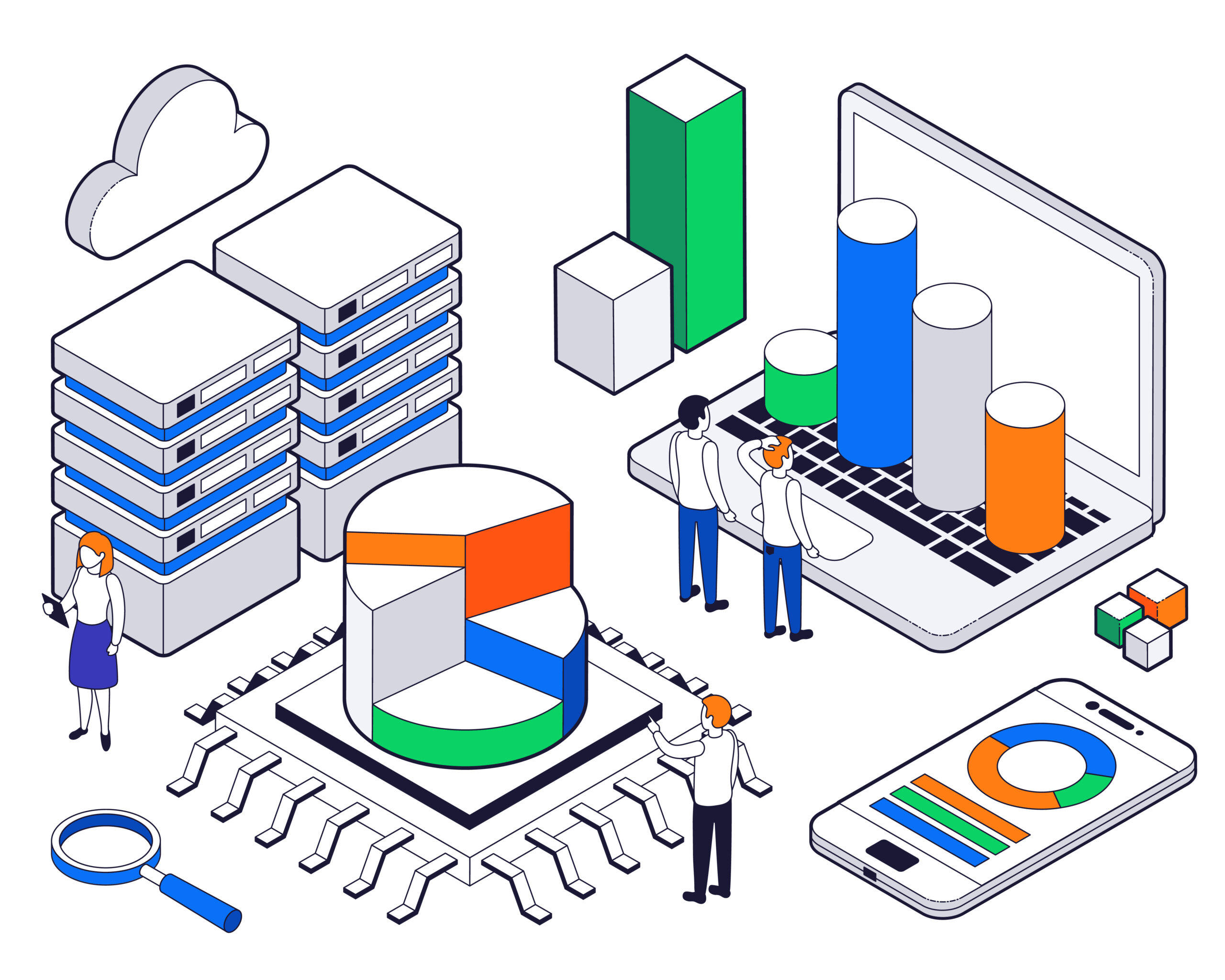Serverless Data Storage: Simplifying the Way We Handle Data
In the era of cloud computing, organizations are constantly seeking ways to reduce operational complexity while scaling efficiently. Serverless data storage offers a modern solution by allowing companies to store, manage, and access data without...



